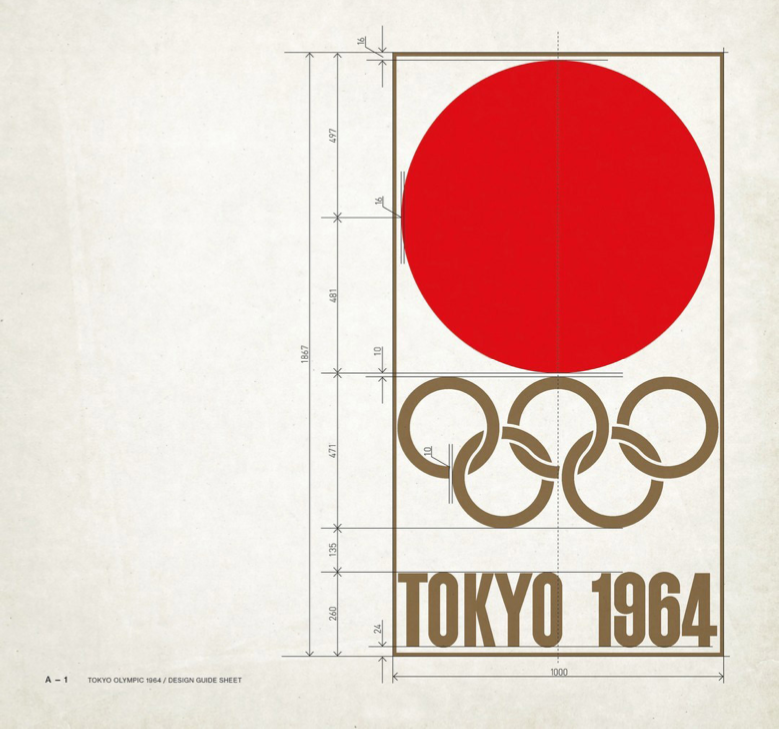Graphic Design of Poster for Olympic, Tokyo 1964
DOI:
https://doi.org/10.69598/sbjfa240746Keywords:
Olympic 1964, Graphic Design, Yusaku Kamekura, Photography Technique, Printing TechniqueAbstract
This article aimed to study poster design for Olympic 1964 held in Tokyo, Japan. Considering from the context that Japan has just declared “unconditional surrender” in Potsdam Declaration to end World War II just 19 years ago. This Olympic was thus a meaningful event for Japan not only to gain the world community’s trust again but also to build a foundation for industrial manufacturing in various fields. The foundation from this Olympic eventually became one of the most valuable factor in Japan’s economic growth in 1970’s and 1980’s. This study surveyed Japan’s photography and printing capability which supported the creative process and production of 4 posters used in the event. The result of the study is that in the design process, designer utilised subtle technic of photography and flash lighting. Photographs were then overlaid with the others graphic elements and printed in rotogravure printing technique which required a highly skilled craftsmanship. This is the first time in the world that photographs were used and printed on posters. All posters of this Olympic became one of the most iconic graphic design of modern Japan which were recognised worldwide. Although European photography and printing technique were employed at the time, the learning outcome helped the Japanese manufacturers produced their own high quality camera such as Mamiya and Nikon eventually. Noticing that the Nikon posters in the 1970’s were designed by the Olympic 1964 designer as well. And Japanese printing companies became one of the world leaders in the industry after that event.
Downloads

Downloads
Published
How to Cite
Issue
Section
License
The journal's editorial team does not have to agree with the views and comments in the author's article, nor are they responsible for the comments.











